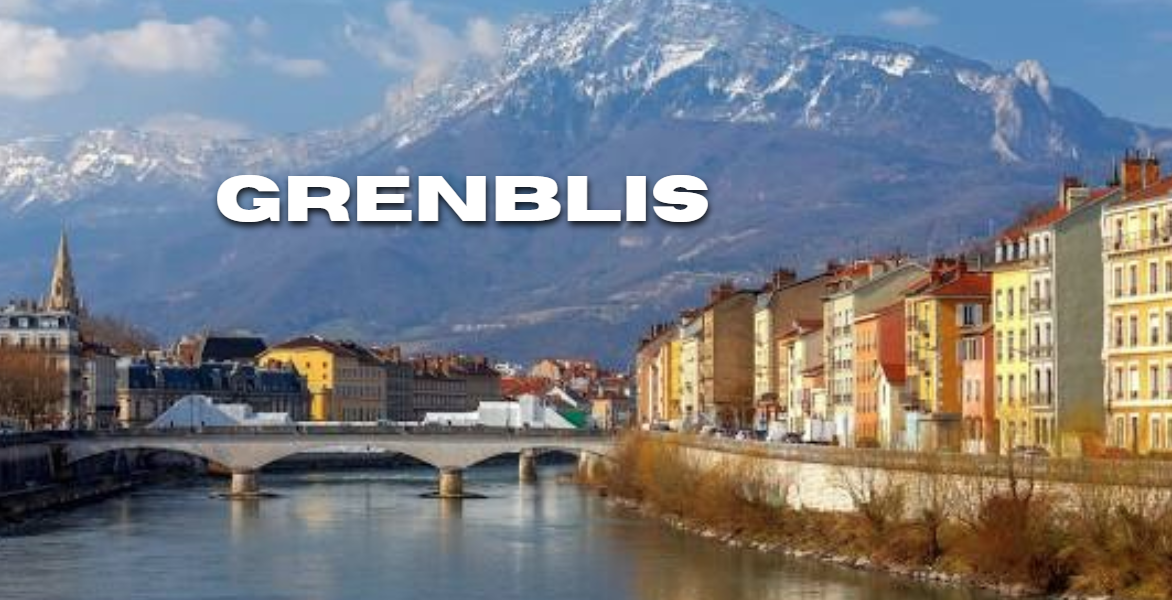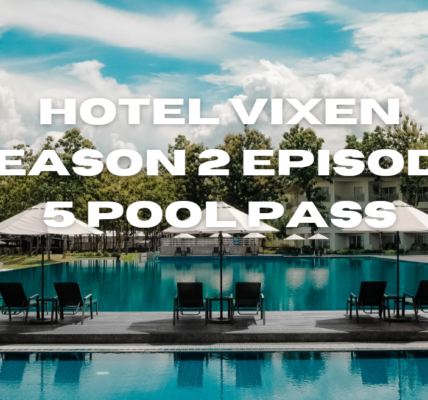Grenoblis, often known as Grenoble, is the prefecture and largest city of the Isère department in the Auvergne-Rhône-Alpes region of southeastern France.
With its rich history, stunning landscapes, and vibrant culture, Grenoblis offers a unique experience for travelers and residents alike. This article delves deep into the heart of Grenoblis, providing unique interpretations, analyses, and insights that go beyond what’s already available online.
Contents
- 1 The Historical Significance of Grenoblis
- 2 Natural Beauty and Outdoor Adventures
- 3 Cultural and Artistic Vibrancy
- 4 Culinary Delights of Grenoblis
- 5 Education and Innovation in Grenoblis
- 6 Living in Grenoblis
- 7 Grenoblis: A Tourist’s Paradise
- 8 Practical Information for Travelers
- 9 Frequently Asked Questions (FAQs)
- 10 Conclusion: Grenoblis
The Historical Significance of Grenoblis
Ancient Origins
Grenoblis has a storied past that dates back to ancient times. Originally known as Cularo, the city was established by the Allobroges, a Gallic tribe, before becoming a Roman settlement. The remnants of Roman walls and artifacts provide a glimpse into its ancient heritage, attracting history enthusiasts from around the world.
Medieval Growth
During the medieval period, Grenoblis flourished as a center of trade and commerce. Its strategic location at the crossroads of several trade routes contributed to its economic prosperity. The city’s medieval architecture, including the imposing Grenoble Cathedral and the Château de Vizille, stands as a testament to its historical significance.
Modern Development
In the modern era, Grenoblis has transformed into a hub of technological innovation and education. The presence of renowned institutions like the Université Grenoble Alpes and numerous research centers has positioned Grenoblis as a leader in science and technology. This blend of historical charm and modernity makes Grenoblis a unique destination.
Natural Beauty and Outdoor Adventures
The Majestic Alps
Grenoblis is nestled at the foot of the French Alps, offering breathtaking views and a plethora of outdoor activities. The surrounding mountains provide opportunities for skiing, snowboarding, hiking, and mountain biking. The nearby Chartreuse and Vercors massifs are particularly popular among adventure seekers.
Scenic Parks and Gardens
The city’s parks and gardens add to its natural allure. The Jardin de Ville, a historic park in the city center, is perfect for a leisurely stroll. Parc Paul Mistral, the largest park in Grenoblis, offers extensive green spaces, sports facilities, and a picturesque pond.
The Isère River
The Isère River flows through Grenoblis, enhancing its scenic beauty. The riverbanks are lined with walking and cycling paths, providing a tranquil escape from the bustling city life. Kayaking and paddleboarding are popular activities for those looking to explore the river.
Cultural and Artistic Vibrancy
Museums and Galleries
Grenoblis boasts a rich cultural scene with numerous museums and galleries. The Musée de Grenoble, one of the most prestigious art museums in France, houses an impressive collection of artwork from various periods. The Musée Dauphinois and the Musée Archéologique Grenoble-Saint-Laurent offer fascinating insights into the region’s history and archaeology.
Festivals and Events
The city’s vibrant culture is reflected in its numerous festivals and events. The Cabaret Frappé, an annual music festival, showcases a diverse range of musical genres. The Festival du Film Court en Plein Air de Grenoble is a celebration of short films, attracting filmmakers and cinephiles from around the world.
Theatrical and Musical Performances
Grenoblis is home to several theaters and concert halls that host a variety of performances. The Maison de la Culture, the city’s cultural center, stages theatrical productions, concerts, and dance performances. The Orchestre des Pays de Savoie often performs in Grenoblis, delighting audiences with classical music.
Culinary Delights of Grenoblis
Traditional Cuisine
The culinary scene in Grenoblis is a delightful blend of traditional French cuisine and regional specialties. The city is known for its fondue, raclette, and gratin dauphinois. Local markets, such as the Marché de l’Estacade, offer fresh produce, cheeses, and charcuterie, allowing visitors to savor the flavors of the region.
Gourmet Restaurants
Grenoblis boasts an array of gourmet restaurants that cater to diverse palates. Michelin-starred establishments, such as Le Fantin Latour and Auberge Napoléon, offer exquisite dining experiences. The city’s vibrant food scene also includes bistros, brasseries, and cafes that serve delectable dishes.
Wine and Cheese
The region around Grenoblis is renowned for its wines and cheeses. The vineyards of the Rhône Valley produce some of the finest wines in France. Local cheeses, such as Saint-Marcellin and Bleu du Vercors-Sassenage, are a must-try for cheese enthusiasts.
Education and Innovation in Grenoblis
Renowned Universities
Grenoblis is a leading center for education and research. The Université Grenoble Alpes, one of the top universities in France, offers a wide range of academic programs. The city’s reputation for excellence in education attracts students from all over the world.
Research and Technology
Grenoblis is at the forefront of technological innovation. The city is home to several research centers and institutes, including the European Synchrotron Radiation Facility and the Institut Laue-Langevin. These institutions contribute to advancements in science and technology, solidifying Grenoblis’ status as a global innovation hub.
Entrepreneurial Spirit
The entrepreneurial spirit is strong in Grenoblis, with numerous startups and tech companies emerging in the city. The Grenoble-Alpes Métropole supports innovation and business development through various initiatives, making Grenoblis an attractive destination for entrepreneurs and investors.
Living in Grenoblis
Quality of Life
Grenoblis offers a high quality of life, with its beautiful surroundings, cultural amenities, and excellent public services. The city’s efficient public transportation system makes it easy to navigate, while its healthcare facilities provide top-notch medical care.
Real Estate and Housing
The real estate market in Grenoblis is diverse, with options ranging from historic apartments in the city center to modern homes in suburban areas. The city’s growing popularity has led to an increase in property values, making it a desirable location for both residents and investors.
Community and Lifestyle
Grenoblis has a vibrant and welcoming community. The city’s numerous parks, cultural events, and recreational facilities foster a sense of community and provide ample opportunities for socializing and relaxation.
Grenoblis: A Tourist’s Paradise
Must-Visit Attractions
Grenoblis is brimming with attractions that cater to various interests. The Bastille, a historic fortress perched on a hill, offers panoramic views of the city and the surrounding mountains. The Musée de Grenoble and the Jardin des Dauphins are also popular tourist destinations.
Hidden Gems
Beyond the well-known attractions, Grenoblis is home to several hidden gems. The Saint-Laurent district, with its charming streets and cafes, provides a glimpse into the city’s local life. The hidden gardens and lesser-known museums offer a more intimate experience of Grenoblis.
Day Trips and Excursions
Grenoblis’ strategic location makes it an ideal base for exploring the surrounding region. Day trips to the nearby towns of Chambéry and Annecy, as well as excursions to the Chartreuse and Vercors mountains, offer unforgettable experiences.
Practical Information for Travelers
Getting There
Grenoblis is well-connected by air, rail, and road. The Grenoble Alpes-Isère Airport offers flights to several European destinations. The city’s train station provides high-speed rail connections to major French cities, including Paris and Lyon.
Accommodation
Grenoblis offers a wide range of accommodation options, from luxury hotels to budget-friendly hostels. The city center is home to several boutique hotels, while the surrounding areas offer charming bed and breakfasts.
Travel Tips
Travelers to Grenoblis should consider purchasing a Grenoble City Pass, which provides access to numerous attractions and public transportation. The city’s tourism office offers valuable information and assistance to visitors.
Frequently Asked Questions (FAQs)
What is the best time to visit Grenoblis?
The best time to visit Grenoblis is during the spring (April to June) and fall (September to November) when the weather is pleasant, and outdoor activities are in full swing. The winter months are ideal for skiing enthusiasts.
How do I get around Grenoblis?
Grenoblis has an efficient public transportation system that includes buses, trams, and bicycles. The city’s compact layout also makes it easy to explore on foot.
What are some local dishes to try in Grenoblis?
Some must-try local dishes include fondue, raclette, and gratin dauphinois. Don’t miss the opportunity to sample local cheeses and wines as well.
Are there any day trips from Grenoblis?
Yes, Grenoblis is an excellent base for day trips to nearby towns like Chambéry and Annecy, as well as excursions to the Chartreuse and Vercors mountains.
Is Grenoblis a family-friendly destination?
Yes, Grenoblis is a family-friendly destination with numerous parks, cultural attractions, and outdoor activities suitable for all ages.
Conclusion: Grenoblis
Grenoblis, with its rich history, stunning landscapes, and vibrant culture, is a destination that offers something for everyone. Whether you’re a history buff, an outdoor enthusiast, a foodie, or a culture lover, Grenoblis has it all. This comprehensive guide aims to provide unique insights and interpretations that go beyond the existing information, ensuring a memorable experience for all who visit this charming city.













































